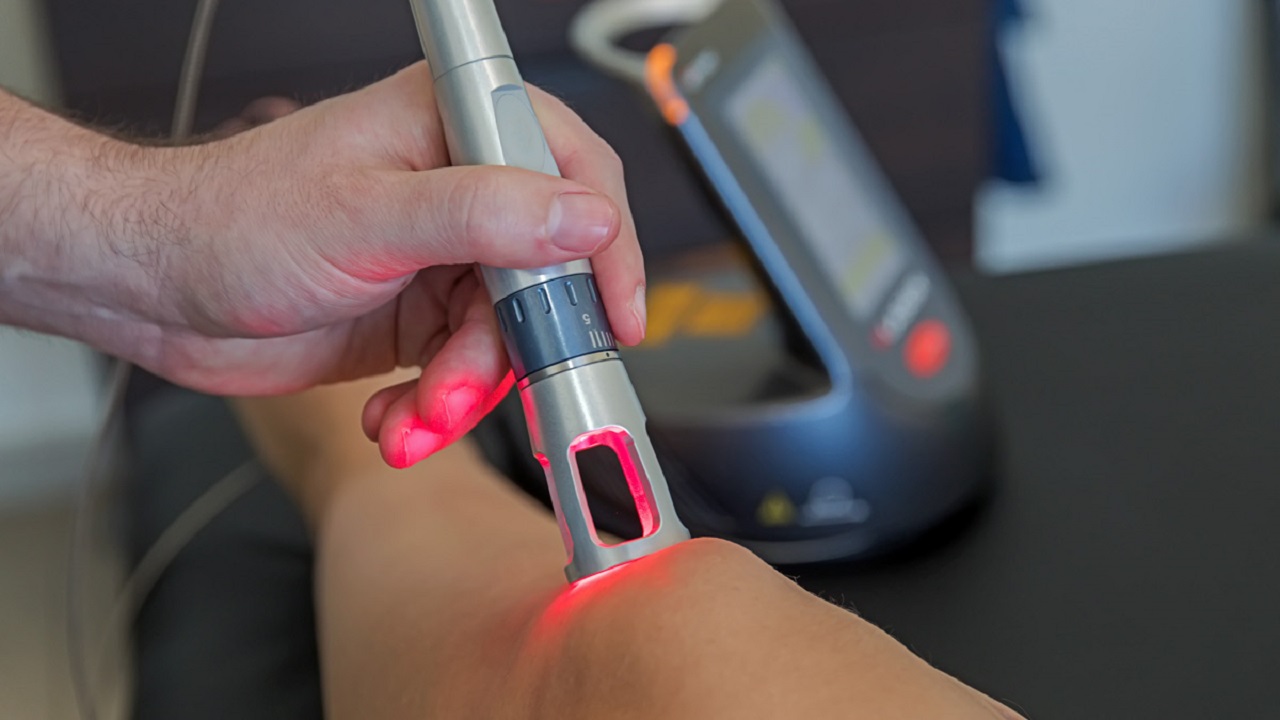In the realm of alternative medicine, the use of light therapy has garnered significant attention for its purported healing properties. Among the myriad of light-based treatments, Cold Laser Therapy and Red Light Therapy stand out as popular choices. While they both utilize light for therapeutic purposes, they operate on distinct principles, yielding disparate outcomes. In this illuminating discourse, we embark on a journey to decipher the core disparities between cold laser vs red light therapy, unraveling their mechanisms, applications, and efficacy.
The Science Behind the Light Therapy
Before delving into the nuances of Cold Laser and Red Light Therapy, it's crucial to grasp the fundamental science behind light therapy. Light, in various wavelengths and intensities, exerts physiological effects on living tissues through a process known as photobiomodulation. This phenomenon involves the absorption of photons by cellular components, triggering biochemical reactions that influence cellular metabolism, inflammation, and tissue repair.
Cold Laser Therapy: A Precision Beam for Targeted Healing
Cold Laser Therapy, also known as Low-Level Laser Therapy (LLLT) or Photobiomodulation Therapy (PBMT), employs a low-intensity laser beam typically in the red or near-infrared spectrum. Unlike surgical lasers that cut or cauterize tissue, Cold Laser Therapy operates at power levels that do not produce significant heat, hence the term "cold." This non-thermal characteristic makes it suitable for therapeutic applications without causing tissue damage.
Red Light Therapy: Harnessing the Power of Visible Light
In contrast, Red Light Therapy utilizes light wavelengths primarily in the visible red and near-infrared spectrum. Unlike Cold Laser Therapy, Red Light Therapy doesn't utilize lasers but rather light-emitting diodes (LEDs). These LEDs emit specific wavelengths of light that penetrate the skin and are absorbed by mitochondria within cells, stimulating cellular energy production and promoting various healing processes.
Divergent Mechanisms of Action: How They Work
The mechanisms of action underlying Cold Laser and Red Light Therapy differ substantially despite their shared foundation in photobiomodulation. Cold Laser Therapy primarily focuses on specific target tissues or points, delivering a concentrated beam of light to induce biochemical reactions at the cellular level. Conversely, Red Light Therapy disperses light over a broader area, affecting multiple tissues simultaneously and promoting systemic effects.
Therapeutic Applications: Tailoring Treatments to Needs
The contrasting mechanisms of Cold Laser and Red Light Therapy translate into divergent therapeutic applications. Cold Laser Therapy is favored for its precision and depth of penetration, making it ideal for localized treatments such as wound healing, pain management, and musculoskeletal injuries. Conversely, Red Light Therapy's broader coverage makes it suitable for conditions requiring widespread tissue stimulation, including skin rejuvenation, hair regrowth, and mood enhancement.
Navigating the Effectiveness in Research Landscape
Both Cold Laser and Red Light Therapy have amassed a significant body of research supporting their efficacy across various medical and wellness domains. However, the quality and quantity of evidence vary between the two modalities due to differences in research focus and methodology. While Cold Laser Therapy has been extensively studied in clinical settings, Red Light Therapy's broader applications have led to a more diverse research landscape encompassing both clinical trials and preclinical studies.
Practical Considerations: Access, Cost, and Convenience
When considering Cold Laser versus Red Light Therapy, practical factors such as accessibility, cost, and convenience also play a pivotal role. Cold Laser Therapy is typically administered by healthcare professionals in clinical settings, requiring specialized equipment and expertise, which may entail higher treatment costs and limited availability. In contrast, Red Light Therapy is increasingly accessible through a variety of devices for home use, offering a more affordable and convenient alternative for self-administered treatments.
Conclusion
In conclusion, Cold Laser and Red Light Therapy represent distinct yet complementary approaches to harnessing the healing power of light. While Cold Laser Therapy offers targeted precision and depth of penetration, Red Light Therapy boasts versatility and accessibility. By understanding the core disparities between these modalities, healthcare practitioners and individuals alike can tailor treatment approaches to meet specific needs and maximize therapeutic outcomes.


